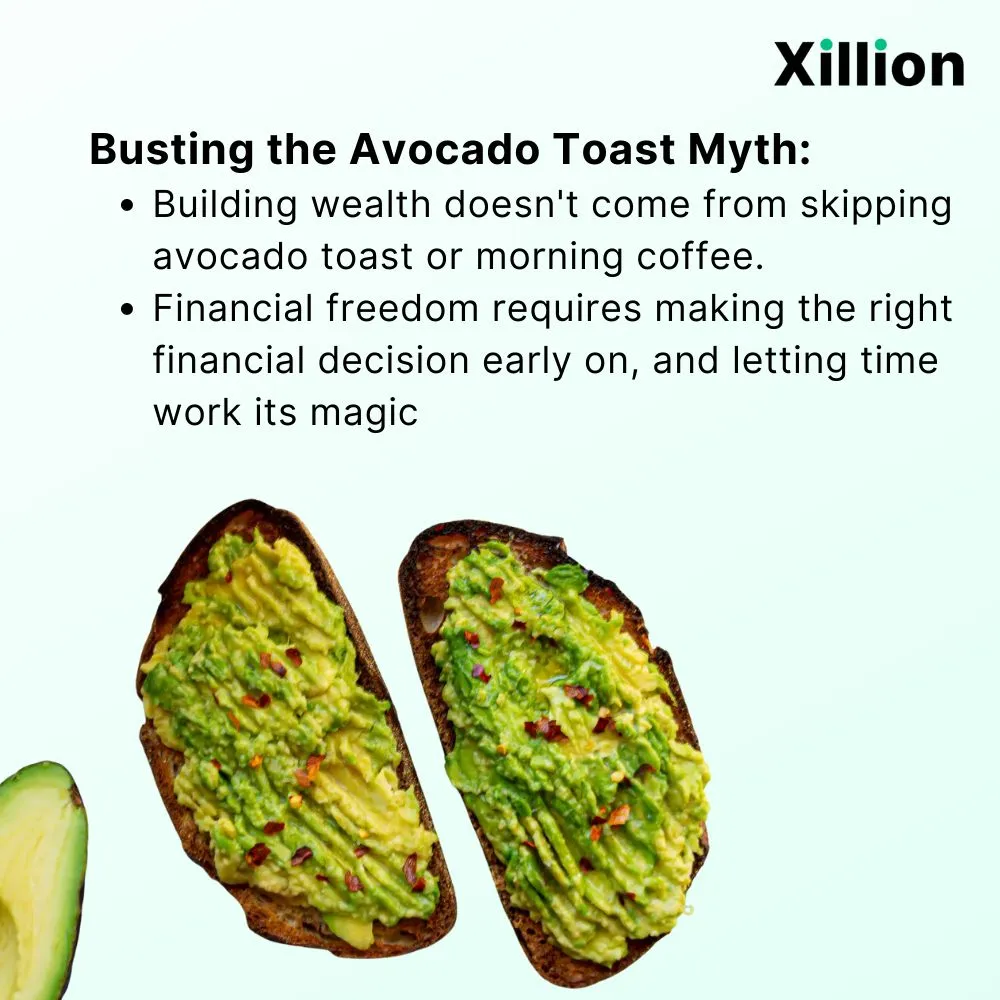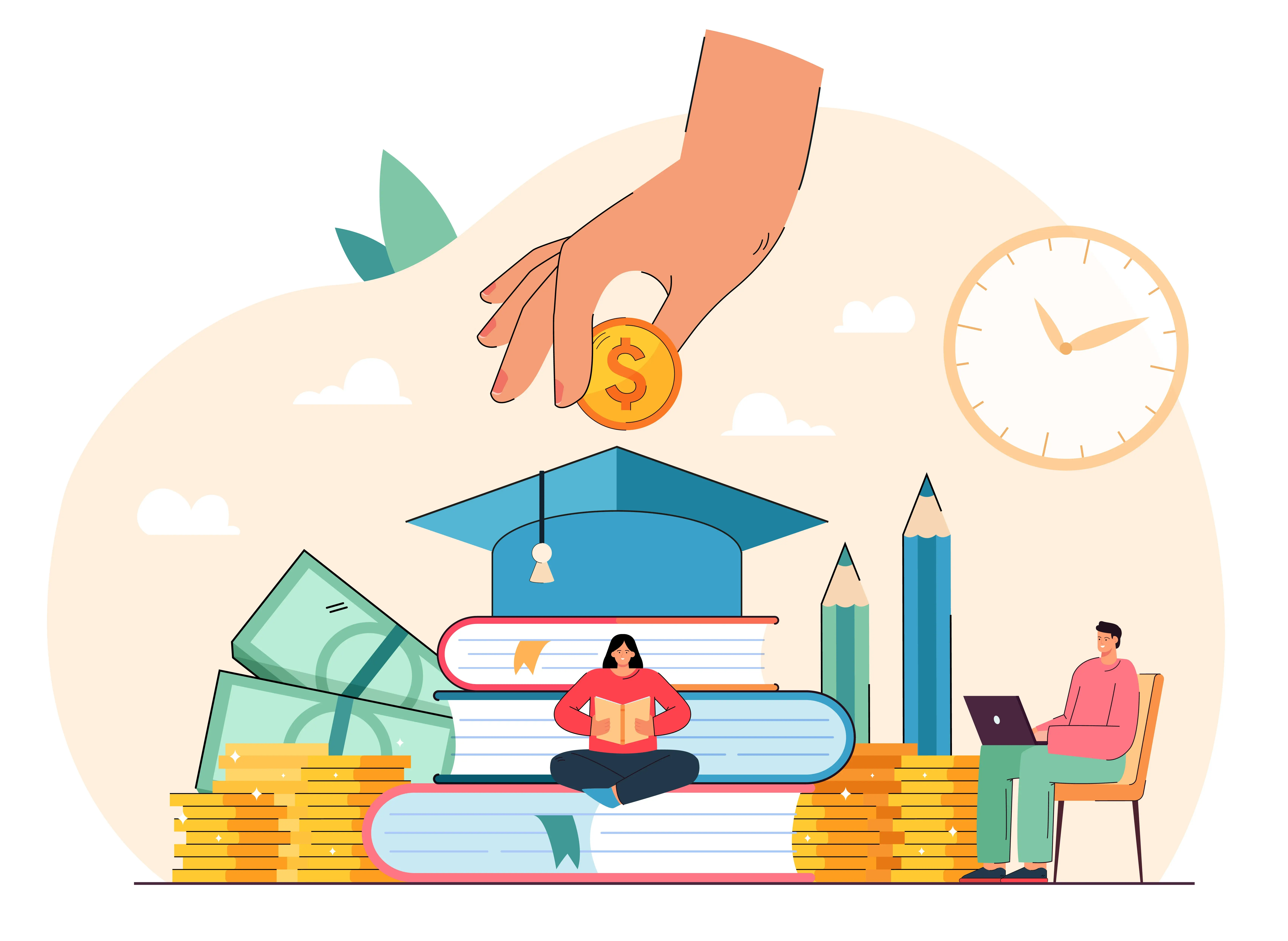How interest rates impact your portfolio - everything you need to know
Posted on . 5 min read

The Federal Reserve sets the federal funds rate, which guides interest rates and the flow of money in an economy.
When interest rates are low, loans are cheaper, so demand for them goes up. This boosts spending and corporate revenue. Because demand is higher, prices go up.
When interest rates are high, loans are more expensive, so demand goes down. This slows spending and corporate revenue. Because demand is lower, prices go down.
To maintain a healthy economy, the Federal Reserve needs to keep interest rates at a healthy in-between rate — not too high, not too low. Keeping interest rates too low leads to market distortions and inflation. Keeping interest rates too high makes it difficult for businesses to operate and therefore limits economic growth.
At the start of February, the Federal Reserve increased interest rates by a quarter-percentage point. If your eyes are already glossing over, we don’t blame you. Interest rates can feel incredibly dry and boring. And, if we’re being honest, they are often dry and boring. But interest rates are also essential to understanding markets and the economy.
Here are some of the basics you should know about interest rates:
Generally speaking, interest rates are the price that a borrower pays for the use of money. When you take out a loan or a mortgage, the interest rate determines how much you will pay in addition to the principal amount. For example, if you take out a one-year $100 loan with a 6% annual interest rate, you will owe the bank $106 at the end of the year.
The Federal Reserve sets the federal funds rate, which is the interest rate banks use to lend money to each other overnight. When people talk about the Fed raising interest rates, they mean the federal funds rates.
The federal funds rate is the most important benchmark interest rate in the U.S. economy. It serves as the basis for commercial interest rates including those on mortgages, auto loans, and other consumer loans. As with everything else, when price goes up, demand comes down. Money is no different.
The Fed uses interest rates as a tool to manage inflation, employment, and economic growth.
When the economy is strong and growing, the Fed can raise interest rates to keep inflation under control.
This makes borrowing more expensive and slows down spending, which can help prevent the economy from overheating.
If the economy is slowing down or in a recession, the Fed may lower interest rates to stimulate spending and encourage borrowing.
Interest rates also impact savings and investments. When you deposit money into a savings account or invest in a bond, the interest rate determines the return you will receive on your money. The higher the interest rate, the more money you will earn. This makes people and companies more likely to save and less likely to spend.
Ok, so how exactly do interest rates impact the stock market?
When interest rates are low, it becomes cheaper for companies to borrow money, which can boost investment and economic growth.
Low interest rates also encourage consumers to spend more, as borrowing and refinancing costs decline. Both of these conditions encourage stock prices to go up.
When interest rates are low, companies can more easily borrow money to finance stock buybacks and dividends. That’s a big deal, because around 95% of corporate profits from S&P 500 companies have gone towards stock buybacks and dividends in recent years. When companies perform buybacks or pay dividends, it also boosts the value of their stock. For example, Meta’s stock price recently shot up 23% shortly after the company announced a $40 billion stock buyback.
On the flip side, when interest rates are high, it becomes more expensive for companies to borrow money, which can reduce investment and slow economic growth.
High interest rates can also dampen consumer spending, since borrowing and refinancing costs increase.
To maintain a healthy economy, interest rates can’t always be low. Otherwise markets and companies start behaving in ways that don’t make sense. For example, low interest rates during the pandemic propped up many tech company stocks to absurd levels — and now that interest rates went up again, the stocks have gone down. In some cases, the stocks are down by 90%+. The companies themselves didn’t change fundamentally during this time — market conditions simply fueled irrational investor exuberance during the pandemic, in what became a market bubble. Low interest rates can also create periods of social chaos and international conflict, a pattern that has played out throughout history.
What’s going on with interest rates now?
In 2020, COVID led to a sharp decline in economic activity, and the Fed responded by cutting interest rates to near zero in an effort to support the economy. The Fed started buying government bonds and mortgage-related securities. This was something they had also done before during the financial crisis in 2008-2009 to help the economy recover. The Federal Reserve's holdings grew from $4.3 trillion in March 2020 to $8.9 trillion in May 2022 because of this process, which is also called Quantitative Easing (or QE), which is kind of a misnomer for money printing by the Government.
All that extra money in the markets started contributing to price inflation. At the same time, the pandemic crippled supply chains and made many things scarce, such as semiconductors. This also contributed to inflation, which hit 40-year highs in recent years. Consumers began struggling to afford basic goods and services.
The Fed decided that it needed to increase interest rates to combat inflation. Over the past year, it raised the benchmark federal-funds rate from near zero to between 4.5% and 4.75%, the highest level since 2007.
Finally, around the start of 2023, inflation seems to be slowing down, driven by lower energy prices. That led to the slower Fed rate increase we mentioned in the beginning, which became a source of optimism for investors (because they want low rates again). However, the Federal Reserve Chairman Jerome Powell also warned “the job is not fully done.”

